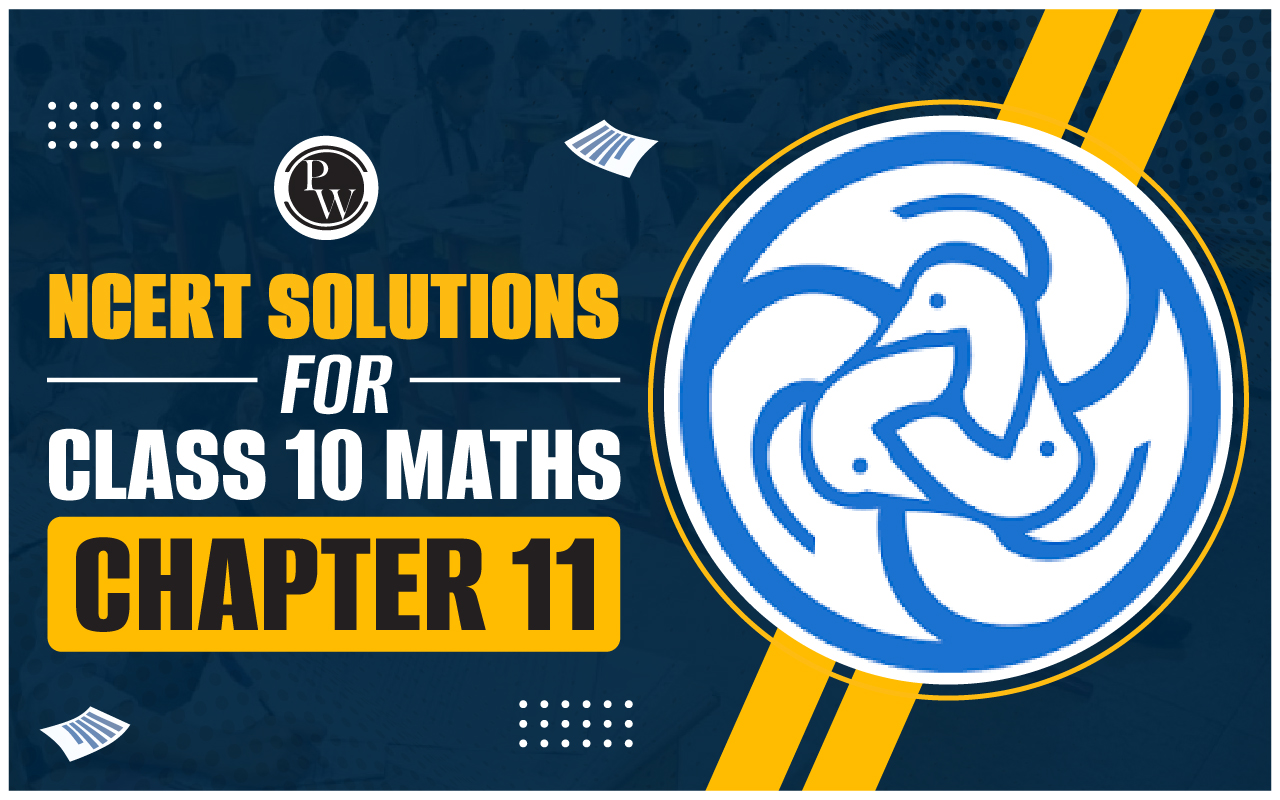

A linear equations in one variable is an equation expressed in the form of ax + b = 0, where 'a' and 'b' are integers, and 'x' is a single variable, resulting in only one solution. For instance, the equation 2x + 3 = 8 is a linear equation with a single variable, yielding a sole solution: x = 5/2. In contrast, a linear equation in two variables has two solutions.
This lesson delves into the concept of linear equations in one variable, encompassing its definition, solutions, illustrative examples, word problems, and practice questions. It serves as a crucial topic for students in Class 6, 7, and 8. Below is an overview of the topics covered in this lesson, as outlined in the table of contents. Hence, what precisely constitutes a one-variable equation?
Linear Equations in One Variable Definition
A linear equation in one variable is an equation containing at most one variable with a first-degree exponent. It takes the form of ax + b = 0, where 'x' represents the variable. Such equations possess a unique solution. Here are a few illustrative examples:
3x = 1
22x - 1 = 0
4x + 9 = -11
Standard Form of Linear Equations in One Variable
The conventional representation of linear equations in one variable takes the standard form:
ax + b = 0
Here,
'a' and 'b' are real numbers.
Neither 'a' nor 'b' is equal to zero.
Hence, the formula for a linear equation in one variable is expressed as ax + b = 0.
Also Check - Integer Formula
Solving Linear Equations in One Variable
To solve a linear equation with only one variable, the following steps are typically employed:
Step 1: If there are fractions, eliminate them by finding the least common multiple (LCM).
Step 2: Simplify both sides of the equation.
Step 3: Isolate the variable on one side of the equation.
Step 4: Confirm the solution by checking it in the original equation.
Also Check - Factors and Multiples Formula
Example of Solution of Linear Equation in One Variable
Let's illustrate this concept with an example.
To solve equations that have variables on both sides, we follow these steps:
Let's consider the equation: 5x – 9 = -3x + 19
Step 1: Rearrange the equation to gather all the variable terms on one side of the equation. In this process, we reverse the operation performed on the variable.
In the equation 5x – 9 = -3x + 19, we move -3x from the right-hand side to the left-hand side of the equation, reversing the operation, which results in:
5x – 9 + 3x = 19
⇒ 8x - 9 = 19
Step 2: Similarly, move all the constant terms to the opposite side of the equation as shown below:
8x - 9 = 19
⇒ 8x = 19 + 9
⇒ 8x = 28
Step 3: Divide both sides of the equation by 8.
8x/8 = 28/8
⇒ x = 28/8
By substituting x = 28/8 back into the equation 5x – 9 = -3x + 19, we obtain 9 = 9, which satisfies the equation and provides the solution we were seeking.
Also Check - Derivatives Formula
Linear Equation in One Variable Examples
Example 1: Solving for x in the equation 2x – 4 = 0
Solution:
To isolate x, add 4 to both sides:
2x – 4 + 4 = 0 + 4
2x = 4
Now, divide both sides by 2:
(2x)/2 = 4/2
x = 2
Therefore, the solution is x = 2.
Example 2: Solving the equation 12m – 10 = 6
Solution:
Starting with 12m – 10 = 6:
To isolate m, add 10 to both sides:
12m – 10 + 10 = 6 + 10
12m = 16
Now, divide both sides by 12:
(12m)/12 = 16/12
m = 4/3
So, the answer is m = 4/3.
Linear Equations in One Variable Word Problems
Problem: The lengths of the legs of an isosceles triangle are 4 meters more than its base. If the perimeter of the triangle is 44 meters, determine the lengths of the sides of the triangle.
Solution:
Let's assume the base measures 'x' meters. Therefore, each of the legs measures 'y' meters, where y = (x + 4).
The perimeter of a triangle is the sum of the three sides. We can form and solve the equations as follows:
x + 2(x + 4) = 44
x + 2x + 8 = 44
3x + 8 = 44
3x = 44 - 8 = 36
3x = 36
x = 36/3
x = 12
So, the length of the base is 12 meters. Consequently, each of the two legs measures 16 meters.
Here are a few practice questions:
Question 1: Solve (10x - 7) = 21.
Question 2: Determine the multiples if the sum of two consecutive multiples of 6 is 68.
Question 3: Verify if x = -3 is a solution of the linear equation 10x + 7 = 13 - 5x.
Linear equations in one variable Formula FAQs
How many solutions does a linear equation in one variable have?
How can you easily solve an equation with one variable?
What is the formula of a linear equation in one variable?
Define some of the application of linear equations in one variable.












